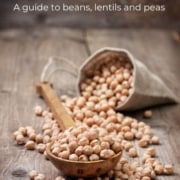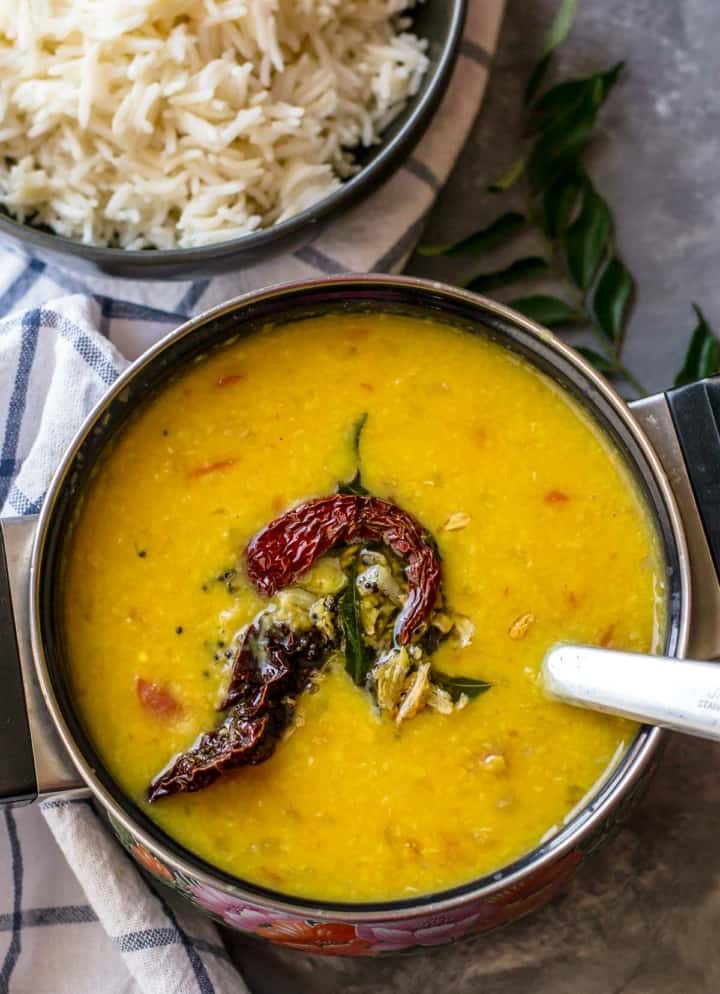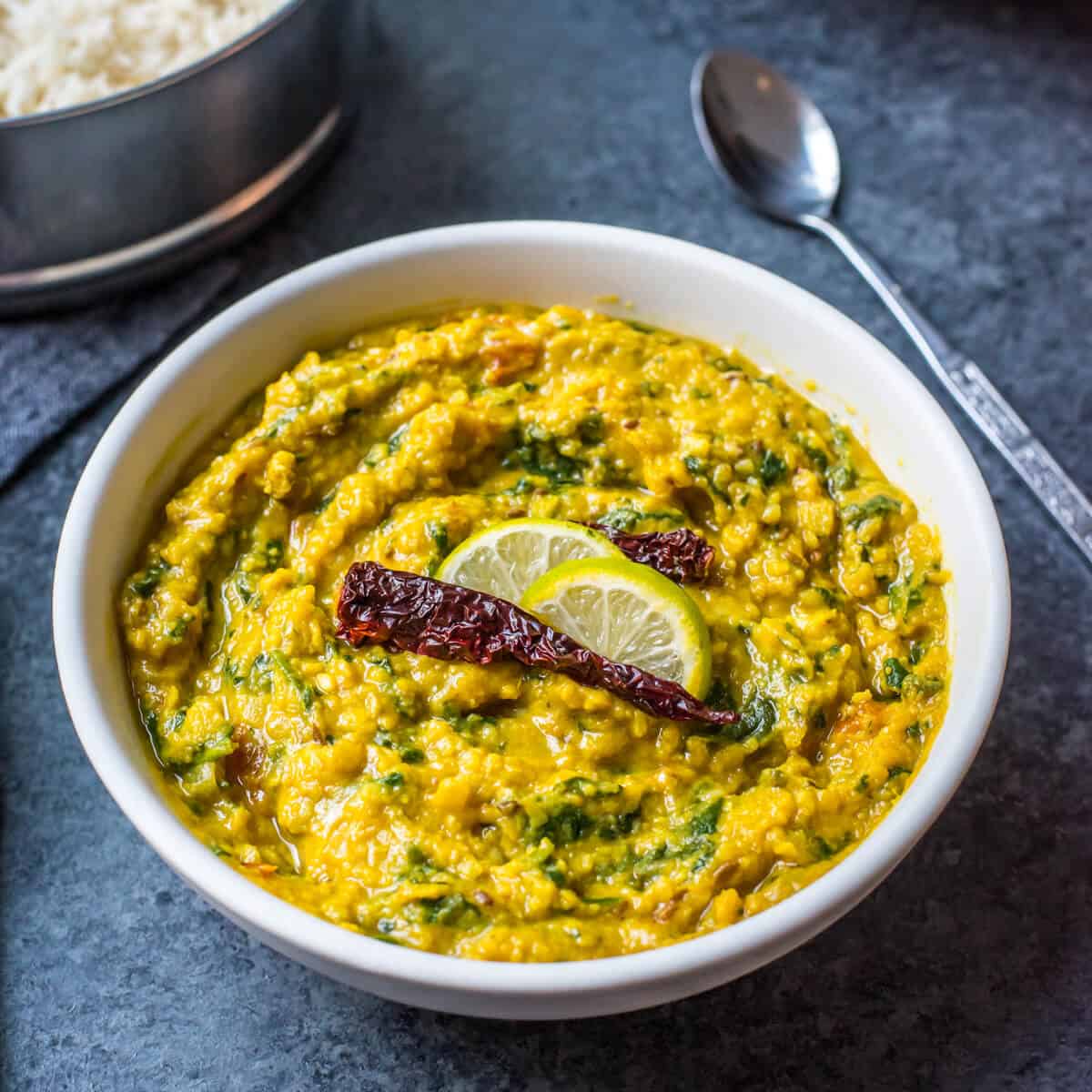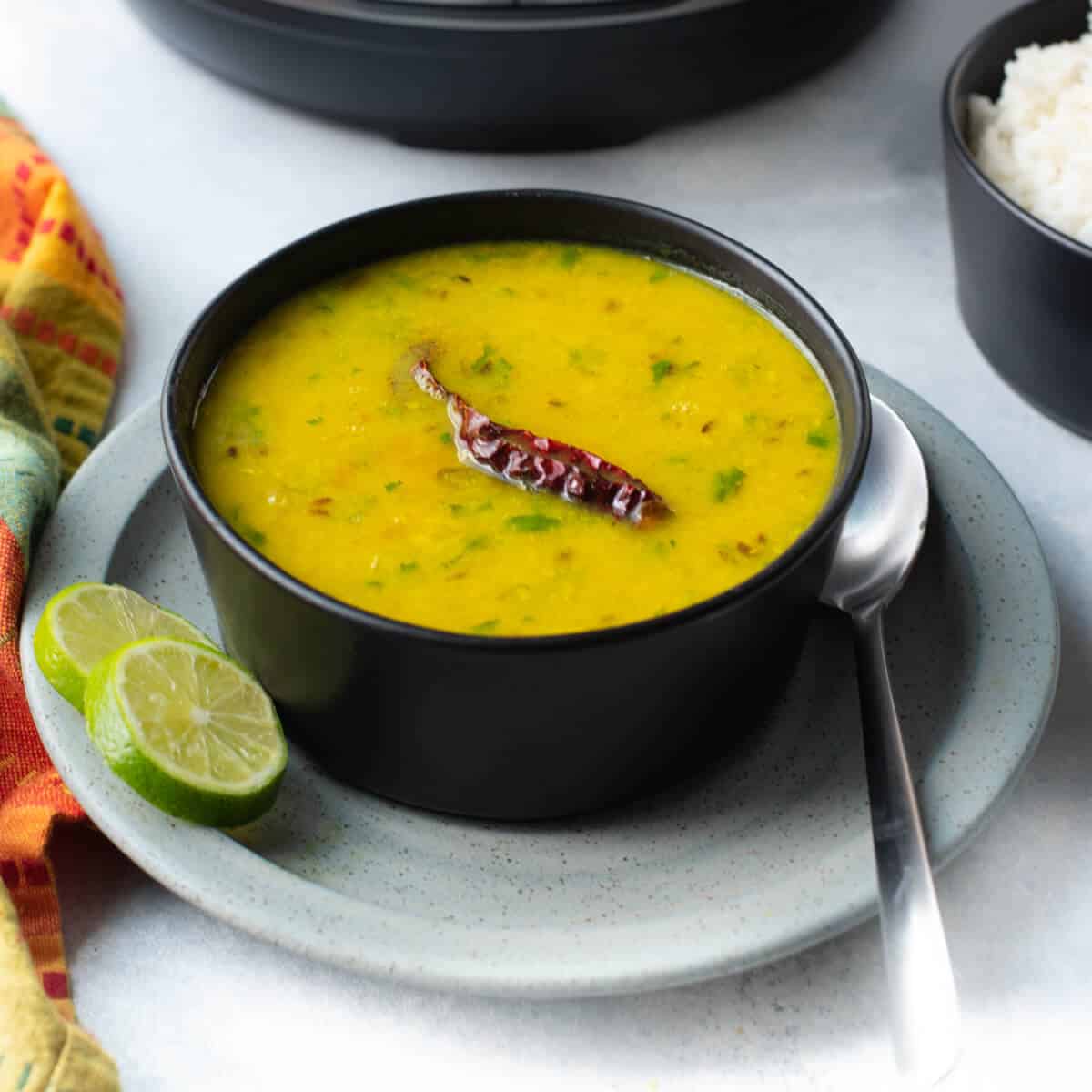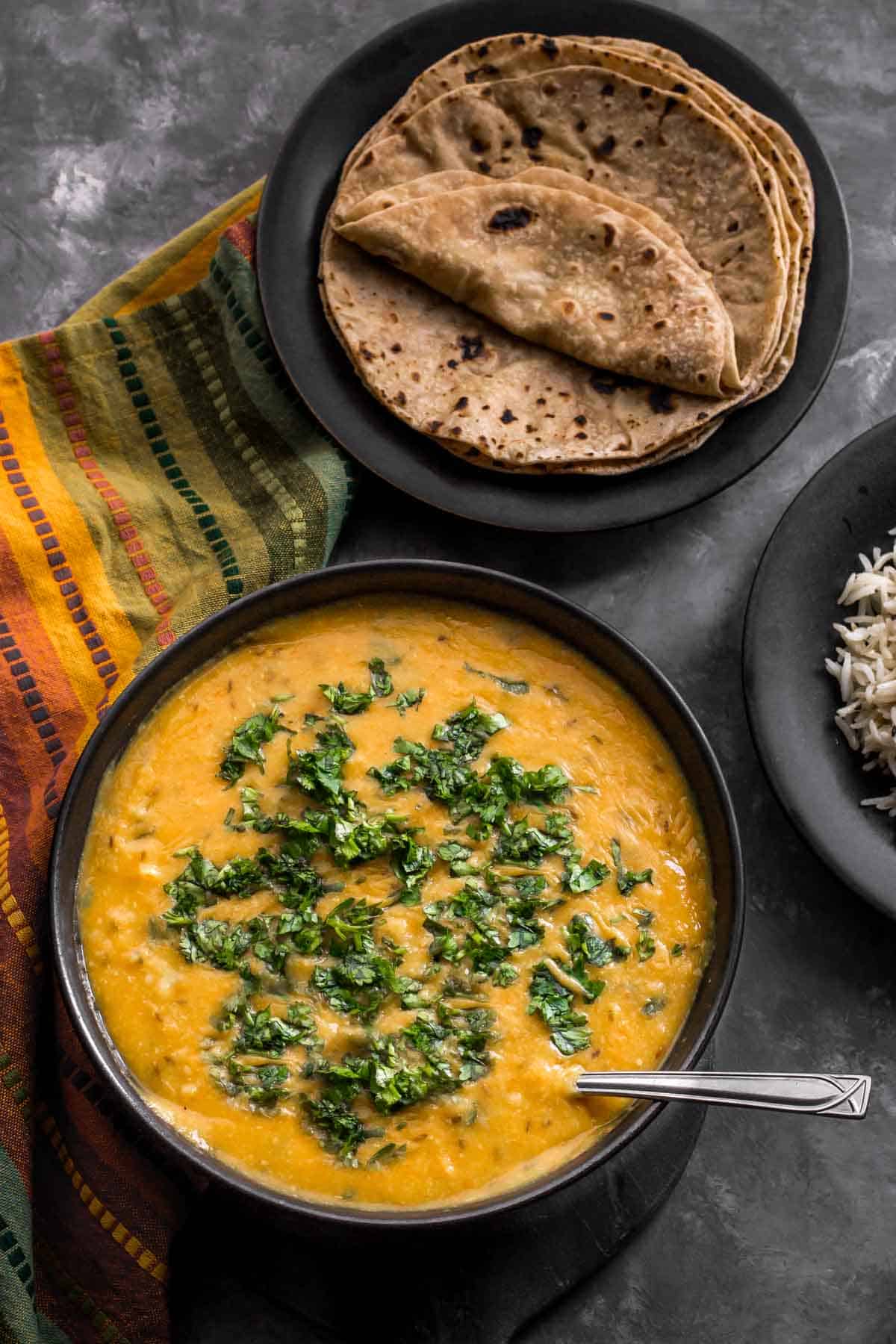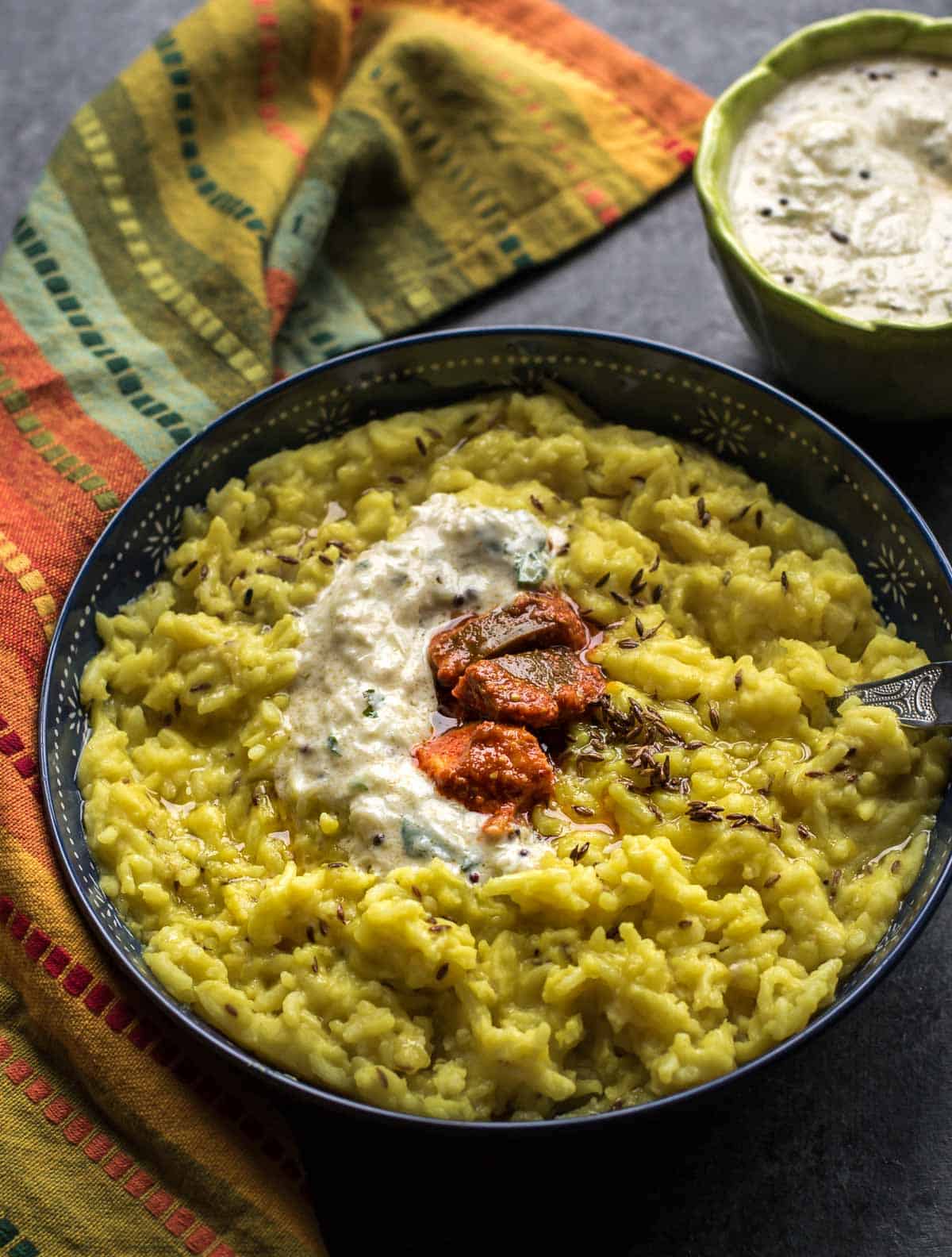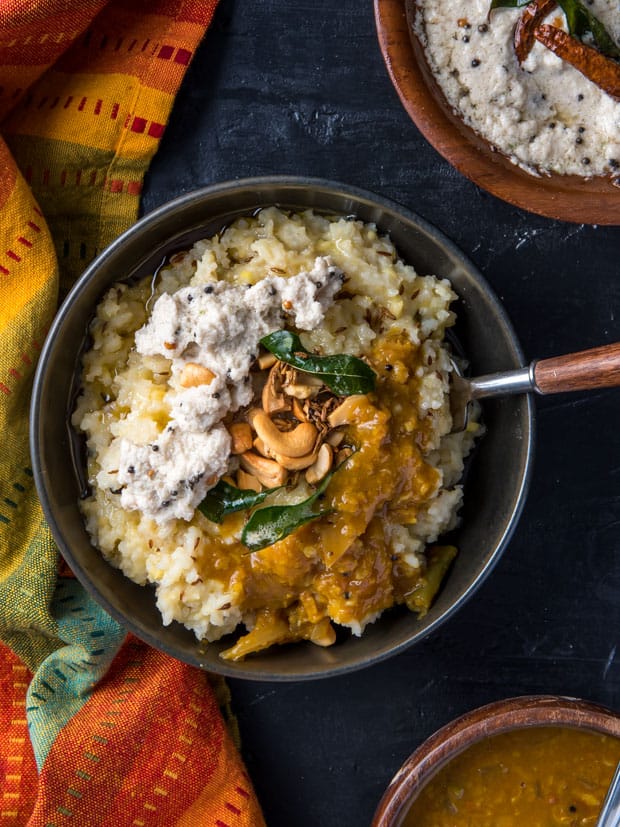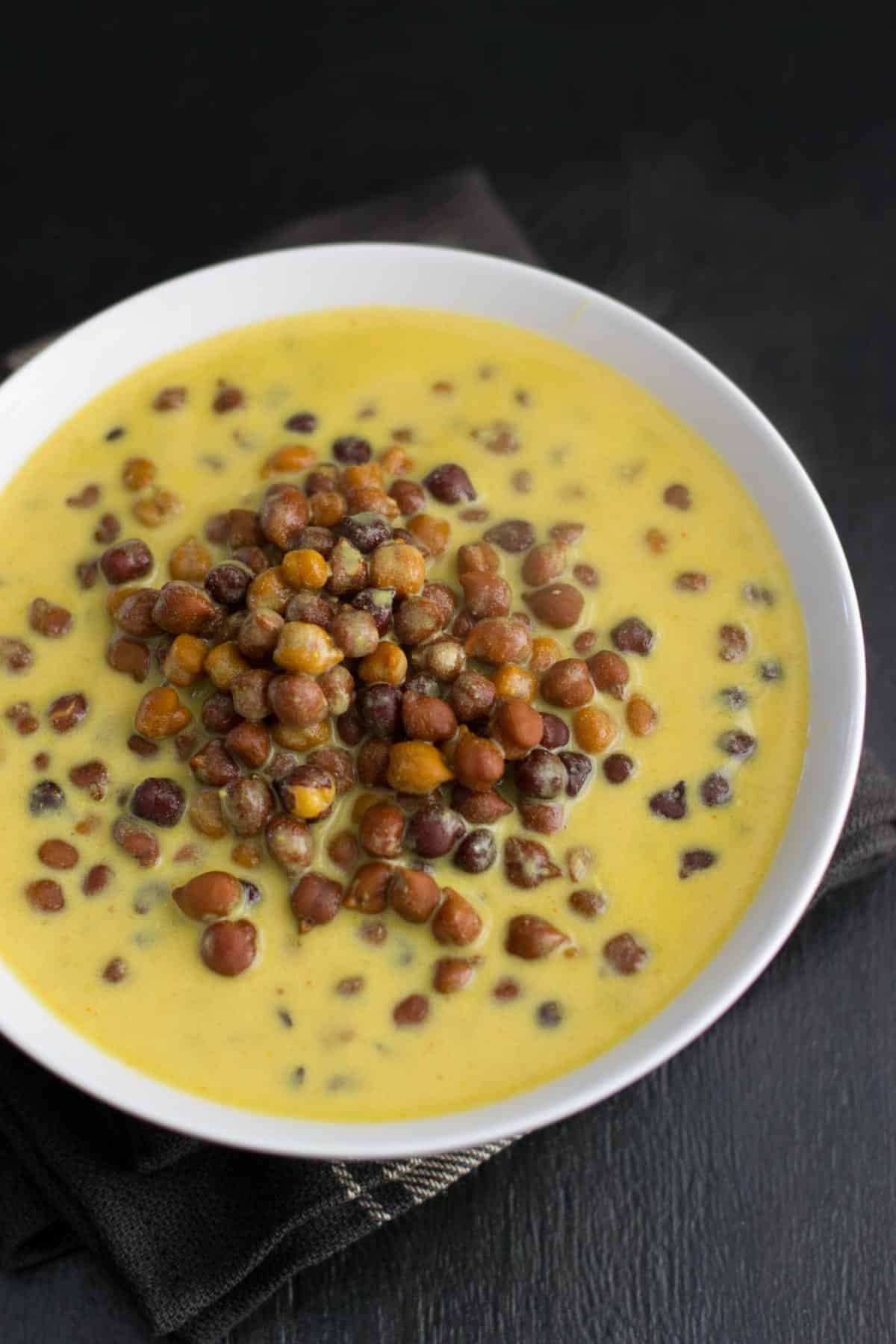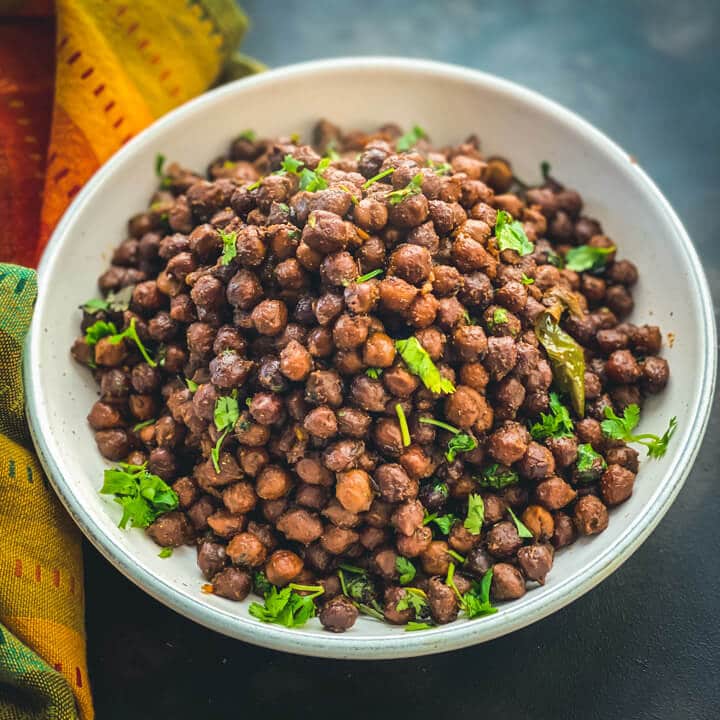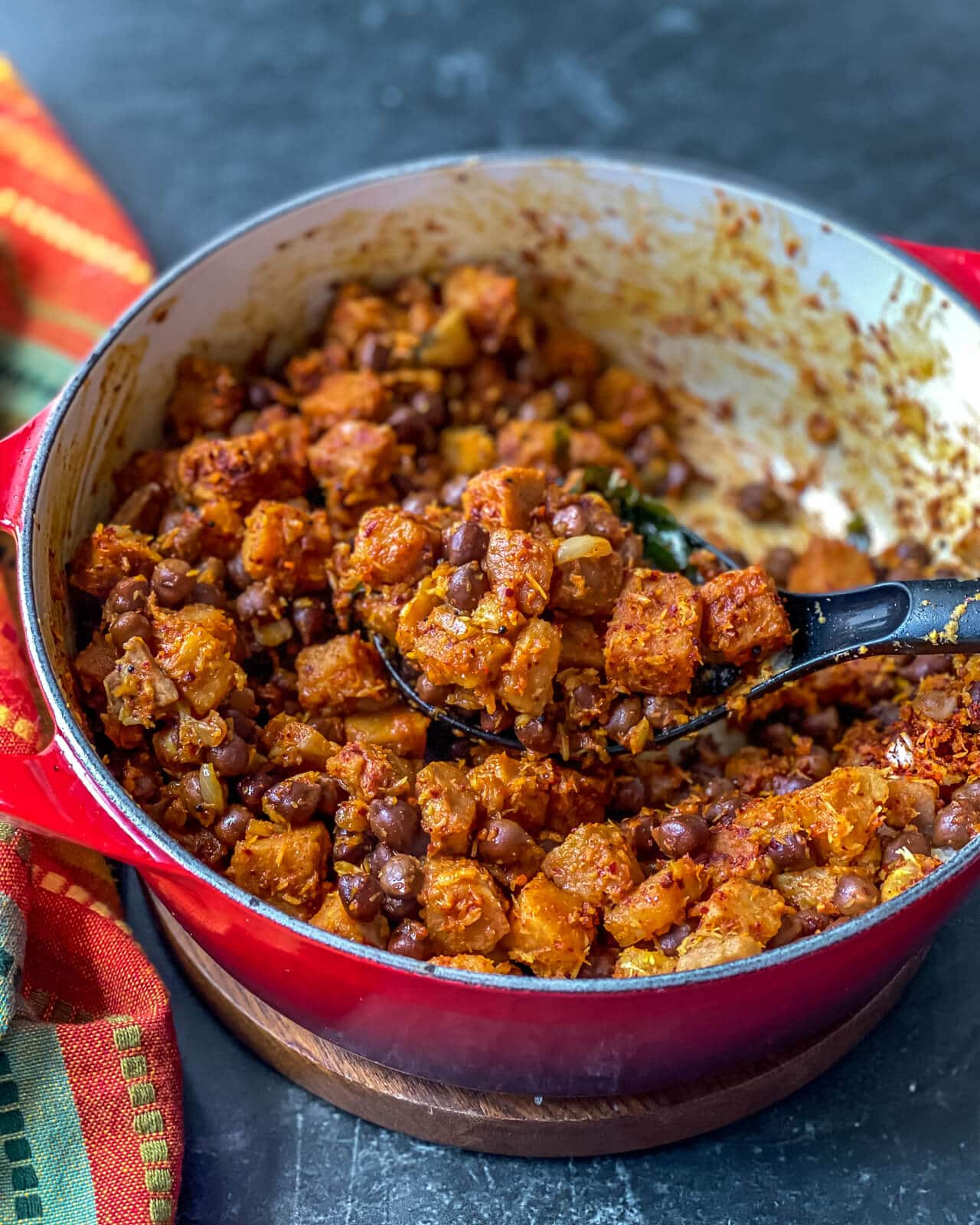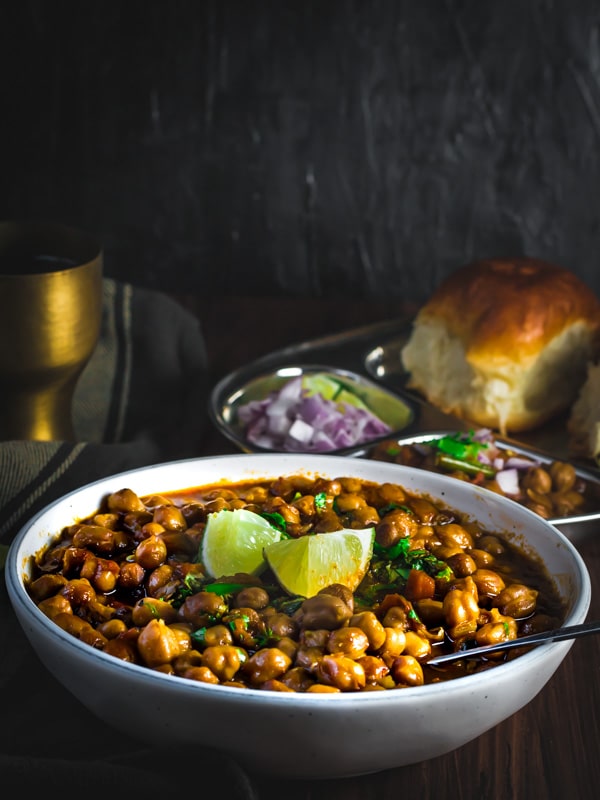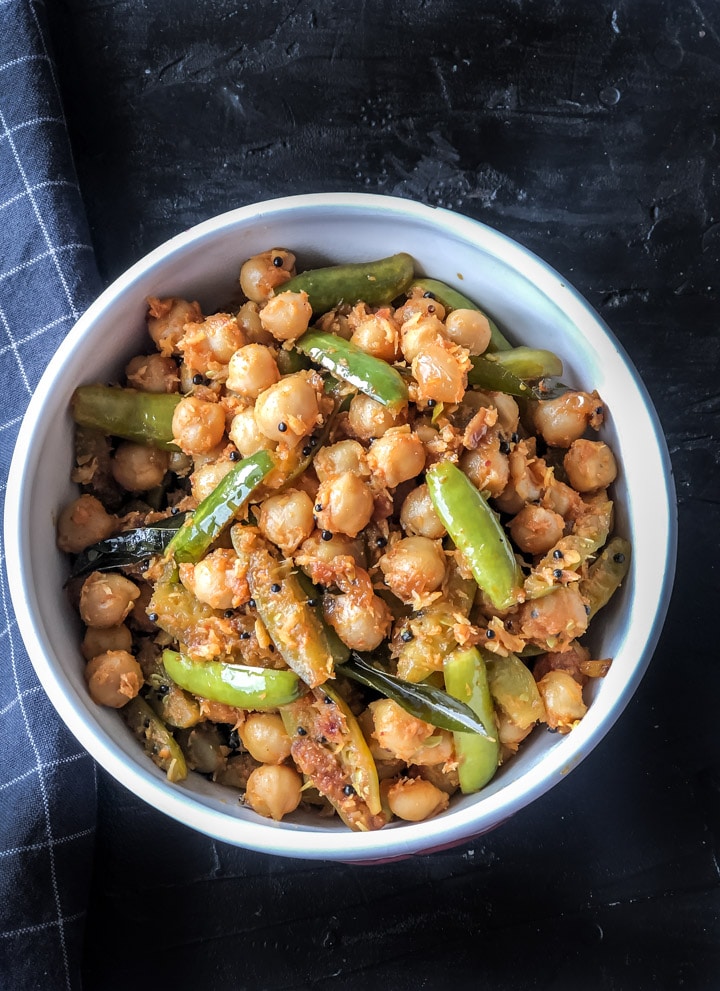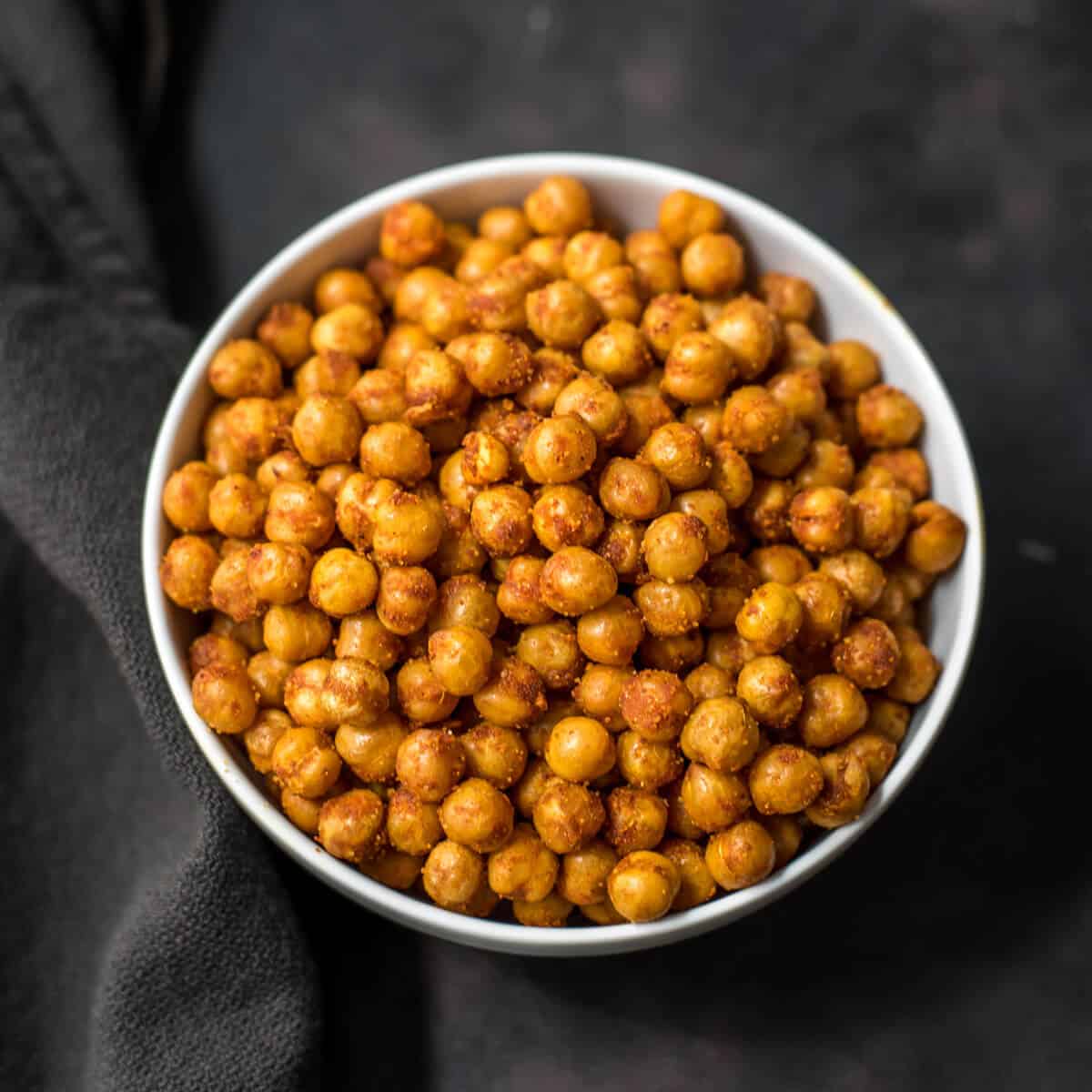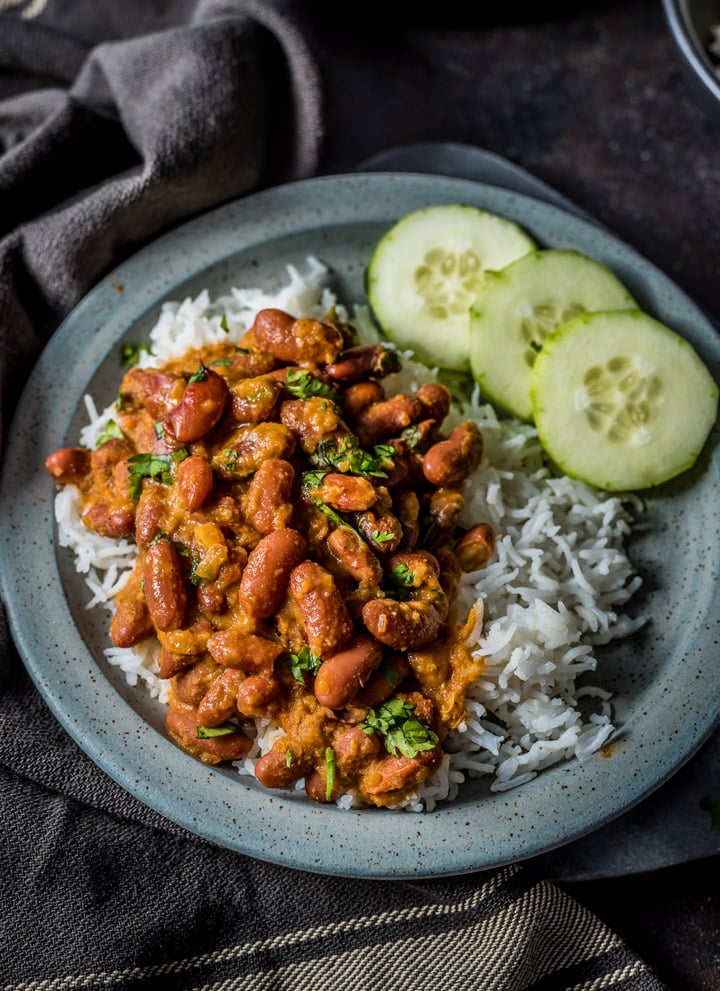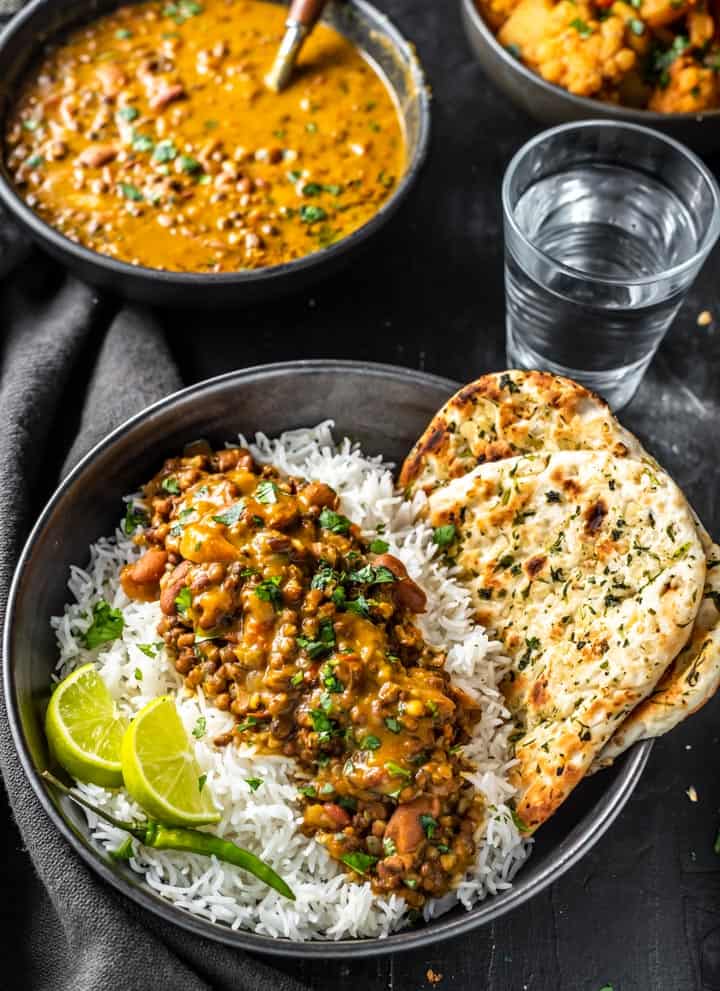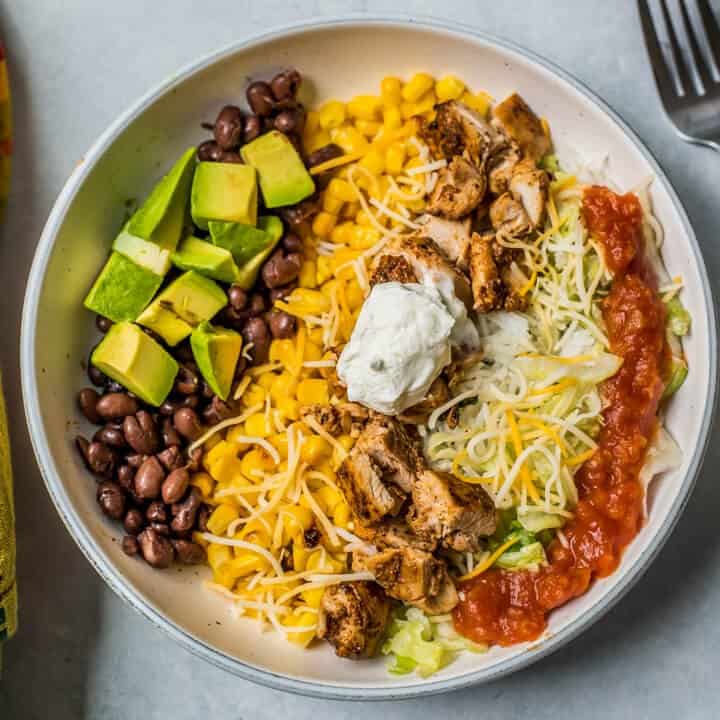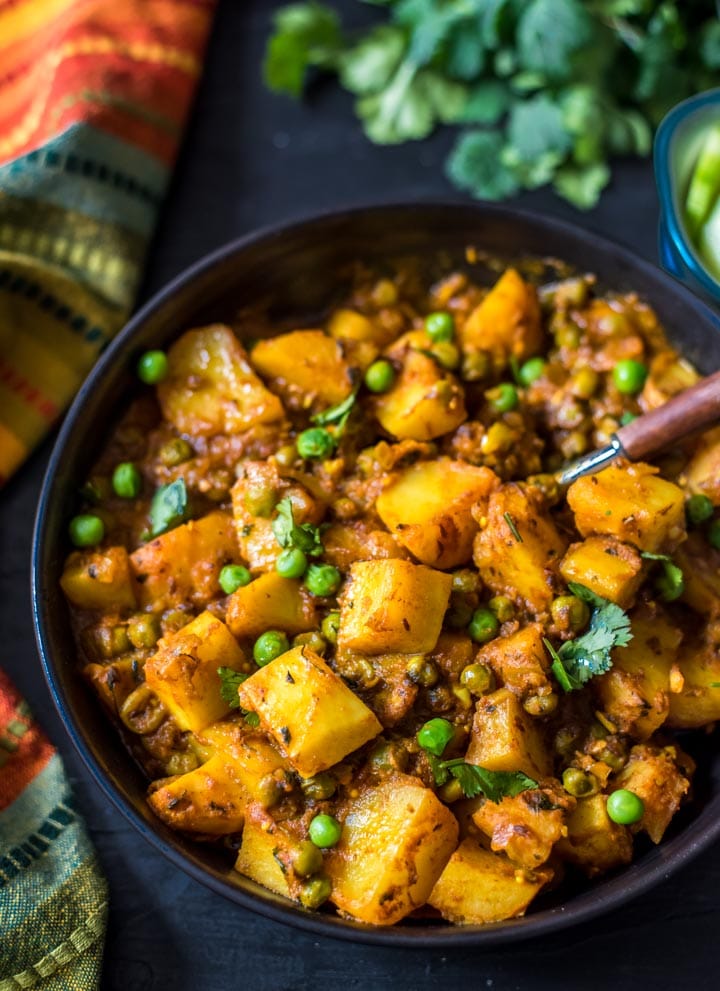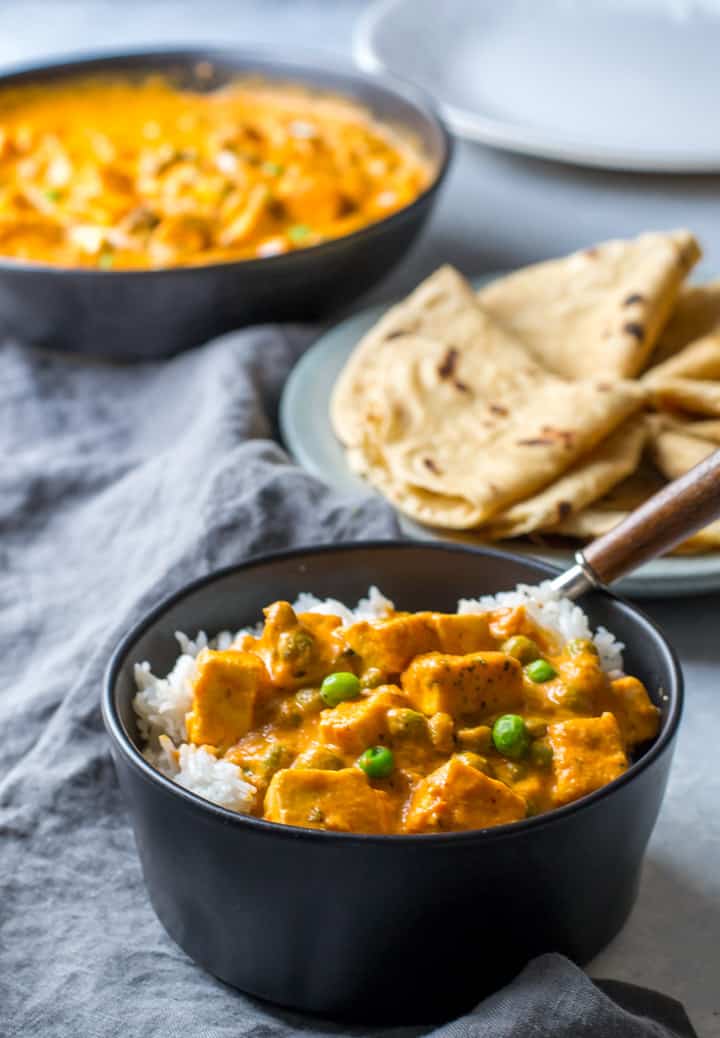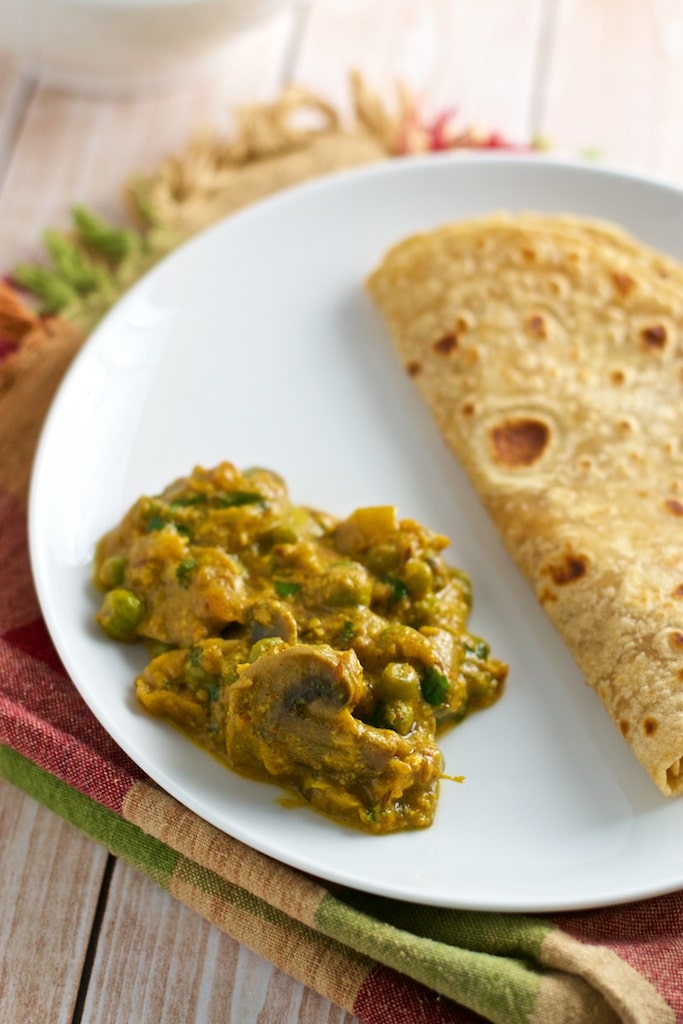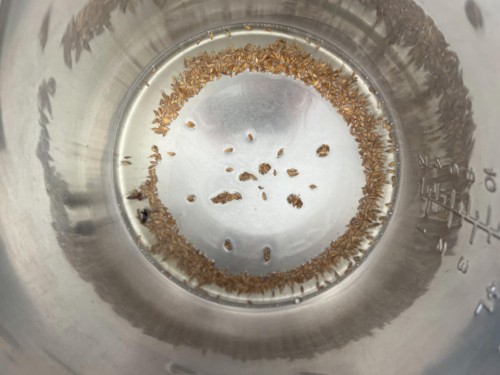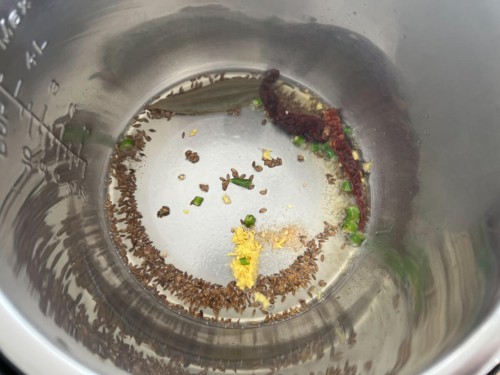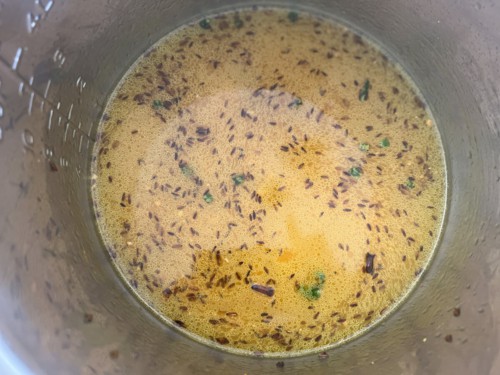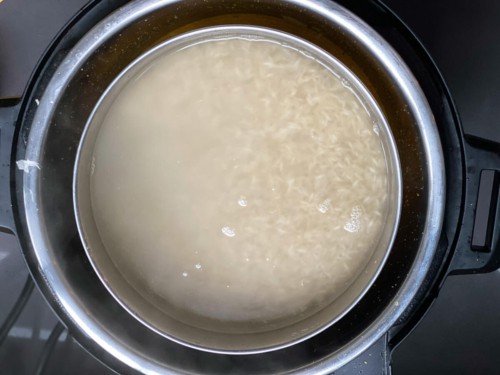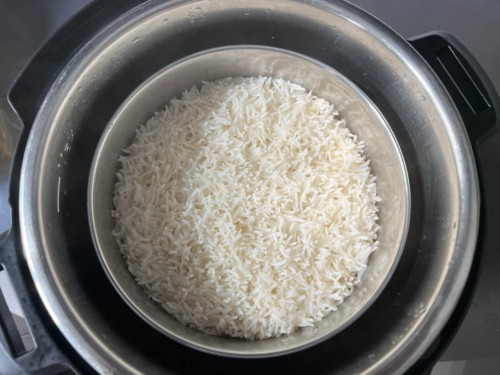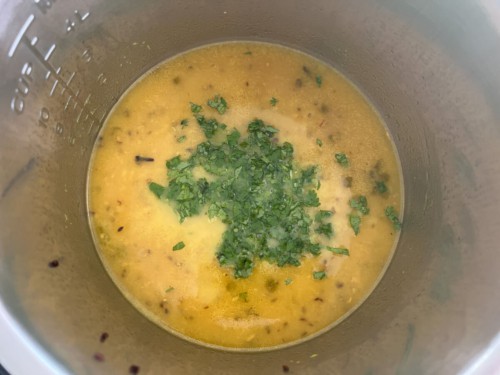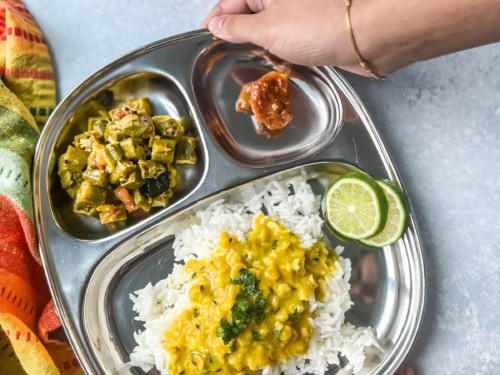A Complete Guide to Indian Pulses (with Recipes)
Note: This post contains affiliate links. As an Amazon Associate I earn from qualifying purchases.
Pulses got you confused? This ultimate guide to Indian pulses is here to help you figure out the differences between beans, lentils, and peas and show you some easy ways to use them in Indian cooking. Let’s get started!
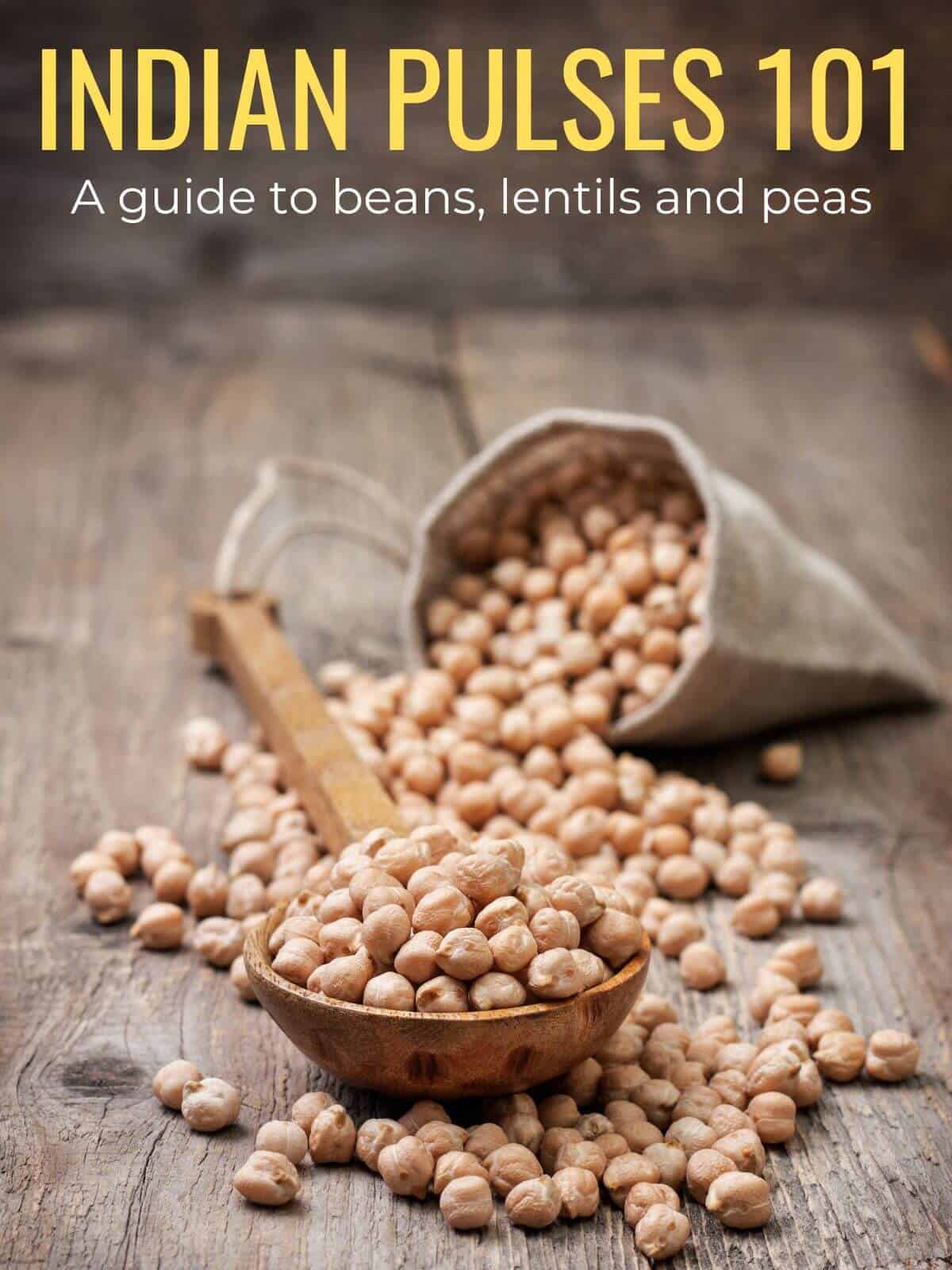
From creamy hummus to the classic English breakfast side of baked beans, pulses are a global culinary staple. But for Indians, especially vegetarians, a meal without a pulse-based dish is nearly unimaginable. Pulses play a vital role in Indian cuisine, appearing in curries, dumplings, snacks, and even desserts.
That’s why getting to know the different kinds of pulses is crucial in mastering the art of cooking Indian food.
What are pulses?
Pulses are essentially dried edible seeds found within the pods of leguminous plants.
Leguminous plants grow in pods, and the fruit or seeds from these plants are called legumes. Pulses are the dried seeds within these pods, and they are harvested when the plants and pods have completely dried out. They include a variety of types, with some of the most common being dry beans, dry peas, chickpeas, and lentils.
It’s important to note that not all legumes are classified as pulses. For instance, soybeans and peanuts are exceptions and are not categorized as pulses. Additionally, seeds harvested while still in their green, immature state and used as vegetables, like green peas and beans, do not belong to the pulse category.
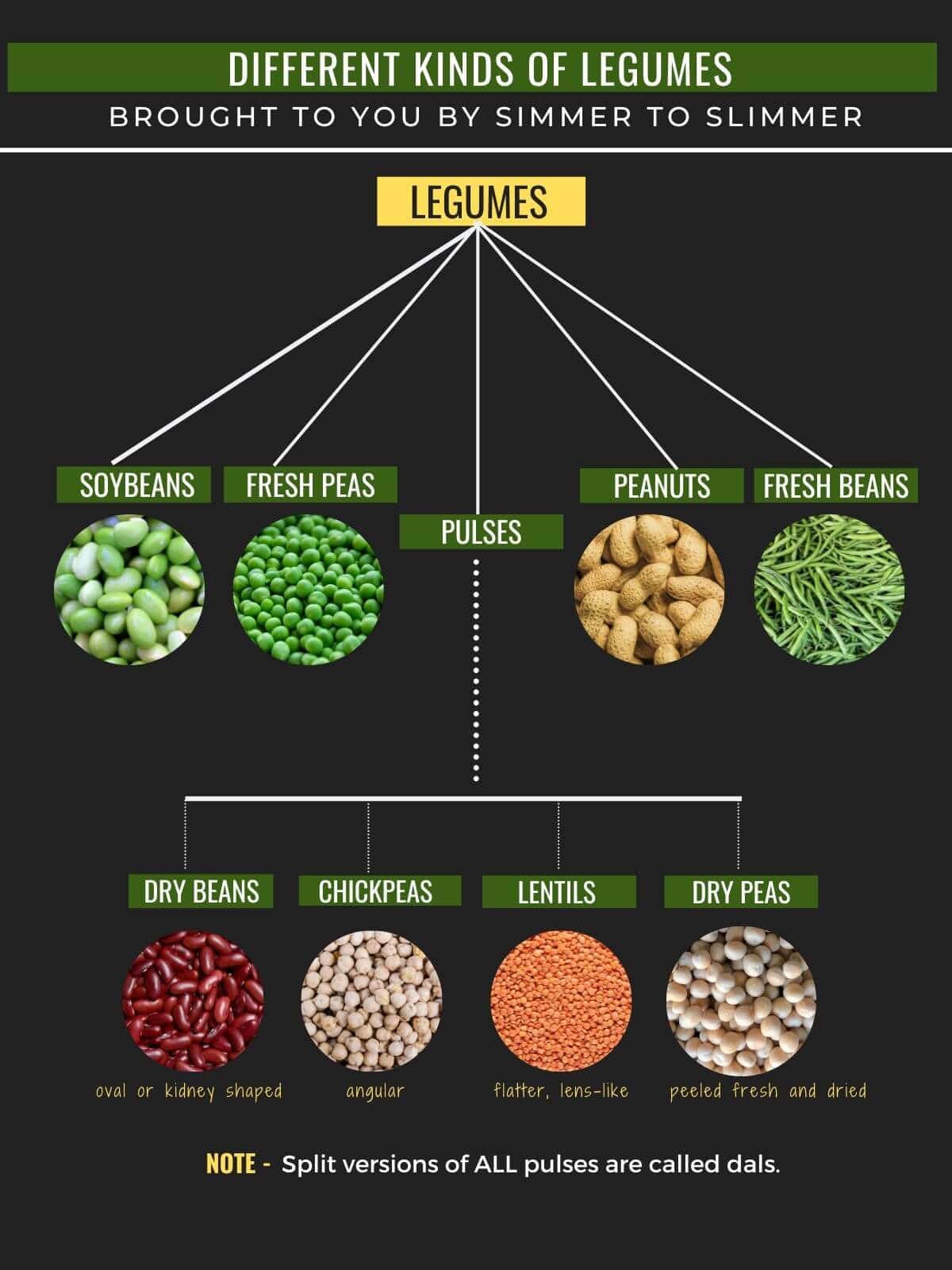
Difference between dry beans, dry peas, lentils, and dals
Here are the main differences –
- Dry beans are typically large and oval or kidney-shaped. It’s usually recommended to soak beans before cooking. A classic example is this Kidney bean curry (Rajma).
- Lentils are flatter and resemble tiny lenses. For instance, pigeon peas (toor dal) are a common type of lentil, often used in dishes like Dal fry.
- Peas are peeled from their pods fresh and then dried (for example – dried green peas). Their round shape makes them easy to recognize. An example dish is Aloo matar (potatoes and green peas).
- Chickpeas are known for their angular shape and are commonly used in dishes like Chana masala.
- Dals are split versions of all pulses. A classic dish made with dals is Moong dal khichdi.
Confused? This infographic should help 🙂
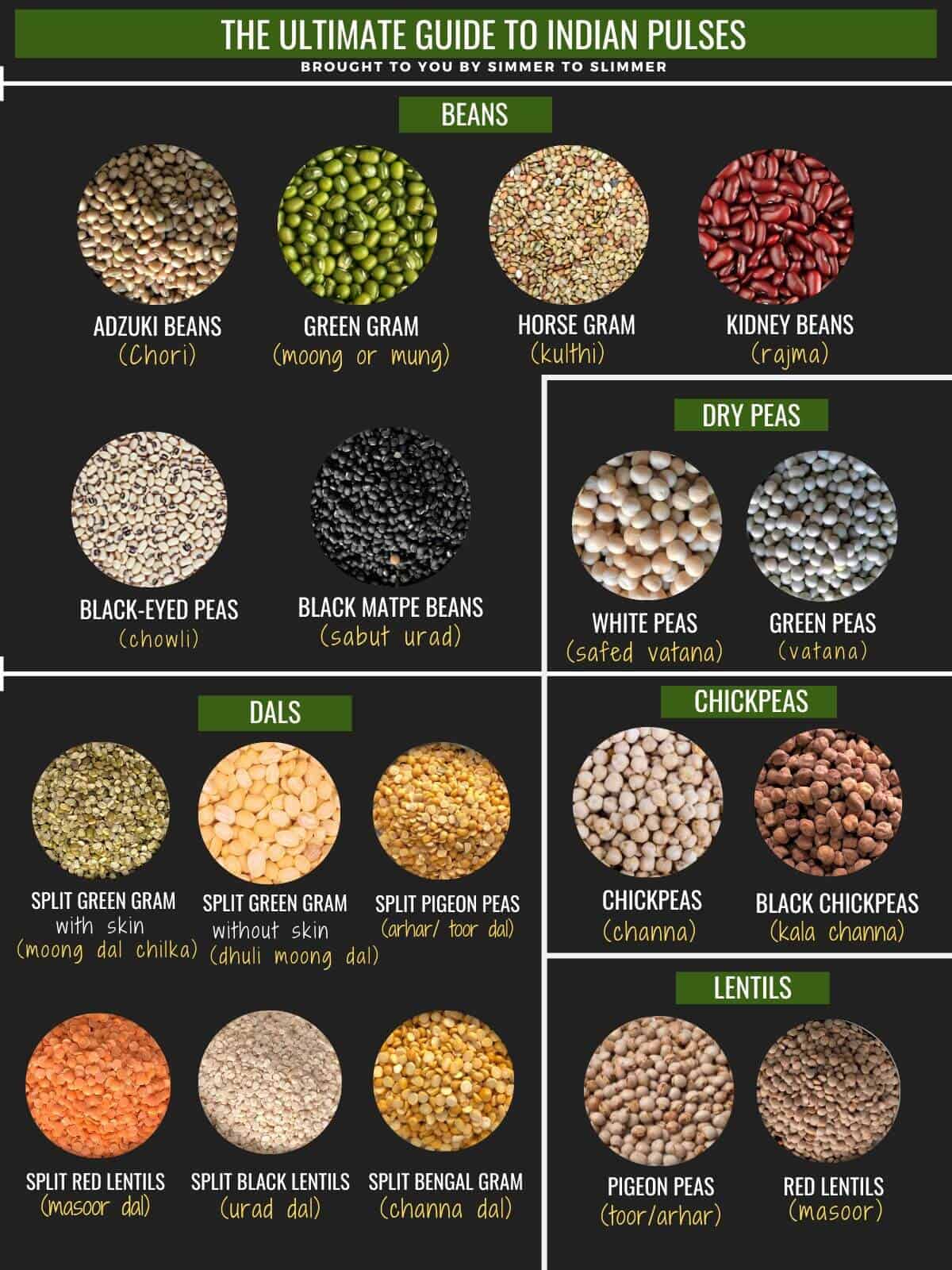
What are dals? Are they the same as lentils?
Lentils and dals are often used interchangeably, but dals are split versions of all pulses, not just lentils. Here are a few examples to help you understand it better
- Chana dal (split chickpeas)
- Mung dal (split green gram)
- Urad dal (split black gram)
Fun Fact: Dishes prepared using these split pulses are commonly called “dal,” making it both an ingredient and a dish.
Commonly used pulses in Indian food
Let’s look at some commonly used pulses in Indian cuisine, starting with dals.
Toor/Arhar/ Pigeon Peas
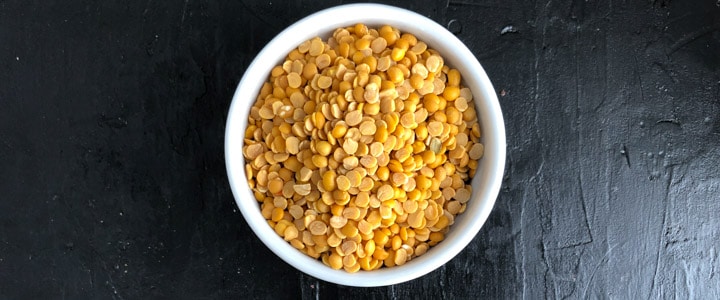
This is the most popular among all the dals and features prominently on restaurant menus as well as in households throughout India. It is most commonly found in its split and skinless version; the whole toor dal is a popular meal option in many parts of the US.
Recipes that use Toor Dal
Mung (green gram)
There are 3 kinds of mung beans (green gram) available in the market –
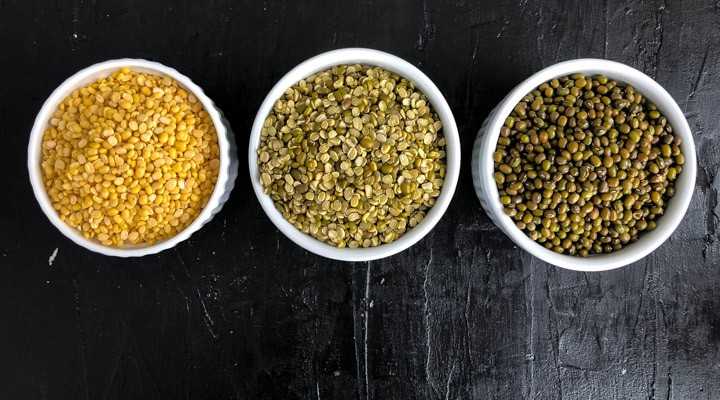
Dhuli moong dal (split green gram or yellow lentils) – When green gram is split and its skin removed, it transforms into dhuli moong dal (split green gram), characterized by its yellow color. This well-known yellow moong dal is easy to prepare and gentle on the digestive system. As a result, it’s an ideal choice for infants, unwell individuals, and those recovering from illness.
Moong dal chilka (split green gram with skin) – This variety of split green gram is unskinned and is often used to make dal. If you’re interested, here’s a recipe you can try: – Chilke wali mung dal curry recipe
Mung (green gram) – The whole mung bean (green gram) is green in color. These beans are often sprouted and added to salads, soups, and snacks. They can also be used to prepare curries. If you’re curious to give it a try, here’s a recipe: – Moong beans curry
Recipes that use dhuli moong dal (split yellow lentils)
Masoor whole (red lentil) / Masoor dal (split red lentil)
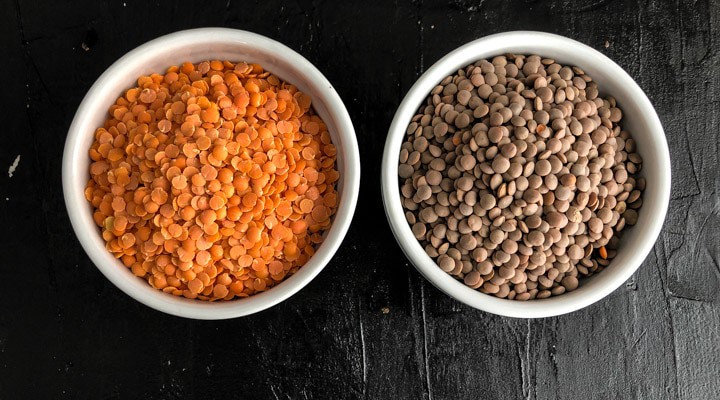
This lentil variety is characterized by its brown skin and deep reddish-orange interior. It’s another popular dal choice in India, available in two forms – whole (red lentil) and split skinless (masoor/malka).
Like mung beans, whole masoor lentils can be sprouted as well. When cooked, they impart a delightful earthy flavor, often used in stews and other dishes.
Recipes that use the whole masoor and split skinless (masoor)
Black chana (black chickpea) and chana dal (Bengal gram)
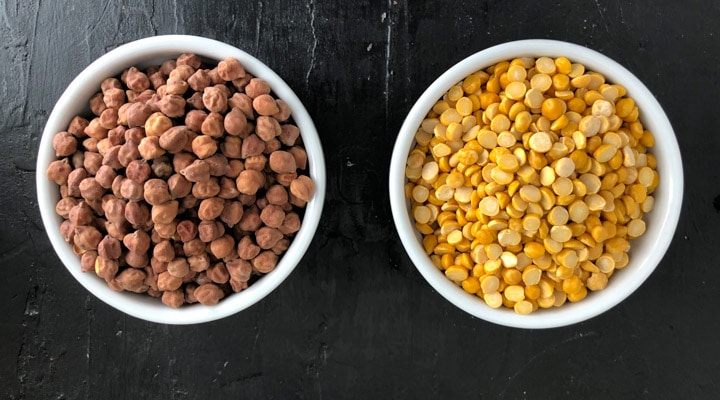
The black chickpea, known as kala chana, finds its use in both whole and split skinless forms. The whole chana is perfect for sprouting, while the split skinless chana (chana dal) is a highly versatile and widely used ingredient in numerous Indian recipes, playing a role in tempering and dals. If you’re interested, here’s an easy chana dal recipe to try.
Additionally, the flour obtained from the split skinless chana, known as besan, is used to make Besan laddoos, Mysore Pak, and serves as a batter for frying fritters (pakoras).
Recipes that use black chickpeas
Kabuli Chana/Garbanzo Beans/Chhole

Kabuli chana, or chhole, as it is more popularly known in India, is the main ingredient of one of the most iconic dishes of North India: the ubiquitous channa masala. The curry is made with Garbanzo beans and is typically served with deep-fried bhatura bread. Chhole is usually used whole and is rarely split. Kabuli chana is high in protein and fiber.
Recipes that use chickpeas
Rajma (Kidney Beans)
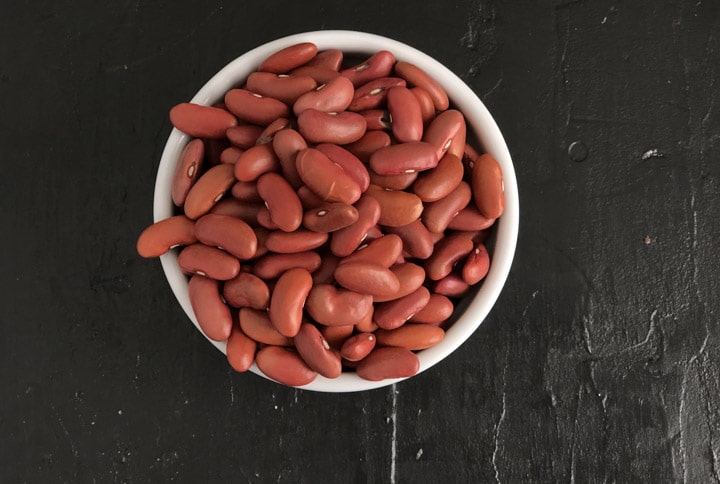
Rajma is a classic North Indian dish known for its rich and robust flavor. The beans used to make this dish are usually deep red (Jammu rajma) or a pretty pink from Himachal.
However, it’s worth noting that many varieties exist, spanning a spectrum of colors from white to black and everything in between. These beans can display various patterns, including stripes, spots, and mottling.
Recipes that use kidney beans / black beans
Lobia/Chawli/Cowpea/Black-eyed peas
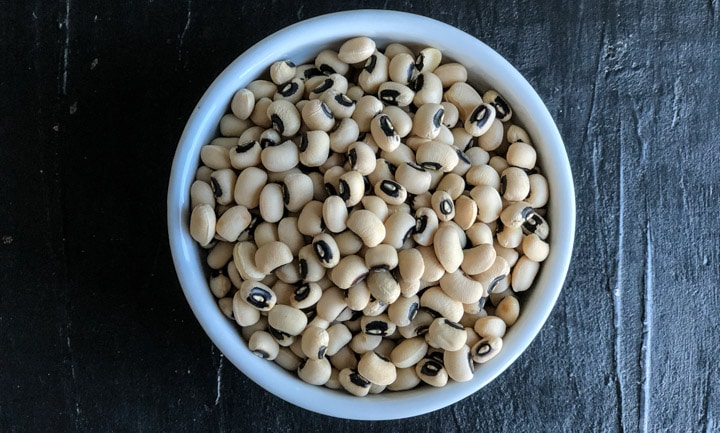
Lobiya boasts a unique earthy flavor and finds its way into curries and salads. Additionally, it can be mashed to create a delectable stuffing for patties or parathas.
Recipe that uses chowli
Sabut urad (black matpe beans)
Sabut urad is undeniably one of the most versatile dals. In its whole form, it resembles mung beans but features a glossy black skin. There are four main varieties of sabut urad:
- Skinless split urad dal – Used in making recipes like dahi vada and idli dosa batter. It is also added to tempering in south Indian recipes such as this delicious coconut chutney.
- Split urad dal with skin – This can also be used for idli batter, but it requires several rinses to remove the skin.
- Urad gota (skinless matpe beans) – This is the skinless version of whole black matpe beans and is frequently employed in making idli and dosa batter.
- Sabut urad (black matpe beans) –These unskinned whole beans are primarily used to prepare the dal makhani.
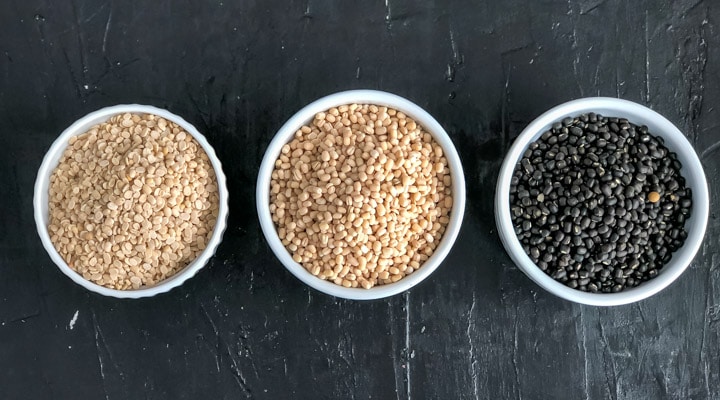
Vatana (dried green peas) & Safed vatana (dried white peas)
Peas, known as ‘matar’ in both white and green varieties, hold a special place in Indian cuisine due to their widespread popularity. These peas typically require soaking before they can be cooked. If you’re interested, here’s a ragda patties recipe that uses for safed vatana (white peas).
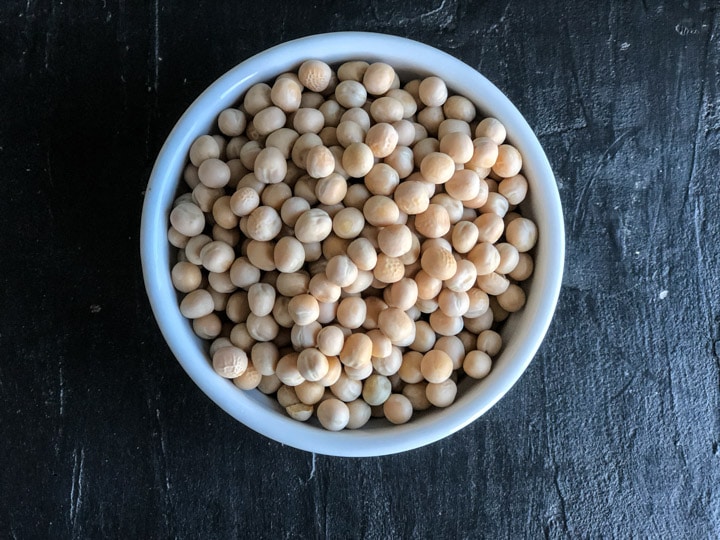
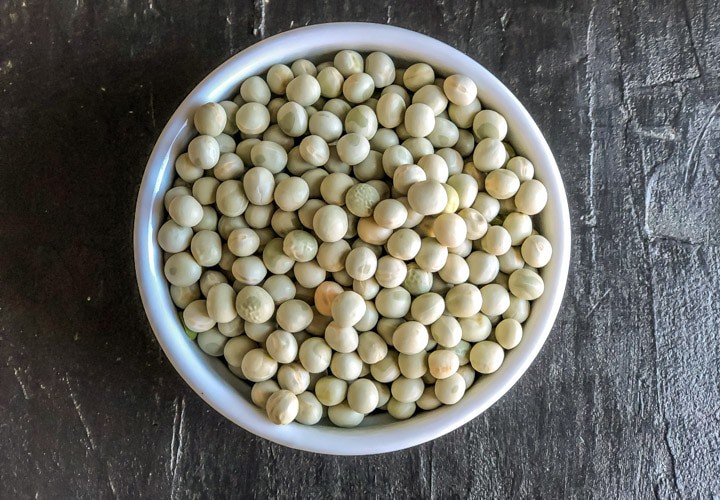
Recipes that use vatana / dried green peas / matar
Kulthi/Kuleeth/Kollu/ Horse Gram
Once used as a staple food for horses and cattle, this lentil is high in iron, calcium, and protein has now earned the status of a superfood. It is often used in curries and dals.
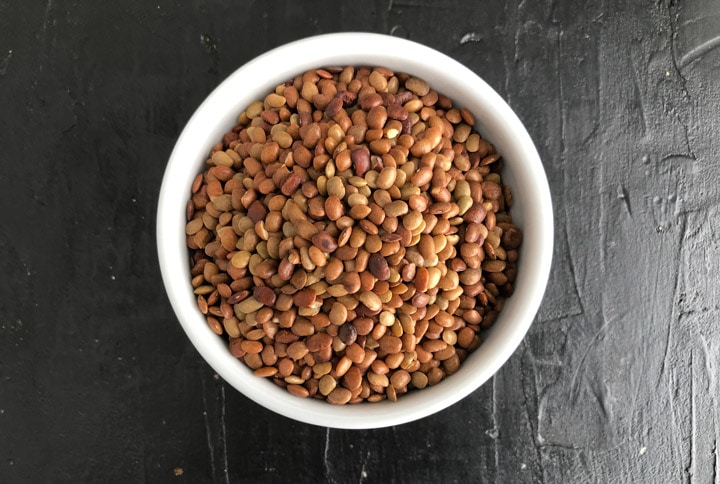
Recipe that uses kulthi
How to store pulses
Storing dry pulses
Dry pulses like beans and lentils should be stored in airtight containers in a cool, dark location. These shelf-stable foods have a minimum shelf life of one year and are considered to last indefinitely when stored correctly.
However, it’s important to note that after 2-3 years, the pulses’ nutritional value declines, with most naturally occurring vitamins lost within 5 years. Additionally, they may develop a bad odor and/or require longer cooking times as they age. (Source: Goodhousekeeping.com)
Storing cooked pulses
Cooked pulses can be stored in the refrigerator for 3-4 days or frozen for 1-2 months. To properly store cooked pulses, follow these guidelines:
- Let them cool completely.
- Transfer them into an airtight container without any liquids. Refrigerate or freeze it within an hour to prevent bacteria from growing.
- Freezing instructions: Divide them into dinner-size portions before freezing, and let them thaw overnight in the refrigerator before use.
How to cook pulses
Pulses can be cooked over a stovetop in a saucepan or using a stovetop or electric pressure cooker. Using a pressure cooker significantly reduces the cooking time.
I personally use my Instant Pot (an electric pressure cooker) to cook pulses, and drawing from my years of experience with this appliance and cooking pulses, here are some essential guidelines to keep in mind:
- Rinsing: Rinse the pulses under running water to remove dirt or debris before soaking.
- Soaking: For optimal results, soak beans in three times the amount of water overnight or for at least 4-6 hours. Be sure to drain the soaking water before cooking. Note: Lentils don’t need to be soaked.
- Pressure Cooking: All pulses should be cooked under high pressure.
- Cooking Modes: You can use the Bean/Chili or Pressure Cook buttons to cook pulses; both provide identical results. Note: Old beans may take longer to cook.
- Pressure Release: Allow the pressure to release naturally before opening the Instant Pot.
For easy reference, I have included the cooking times for pulses –
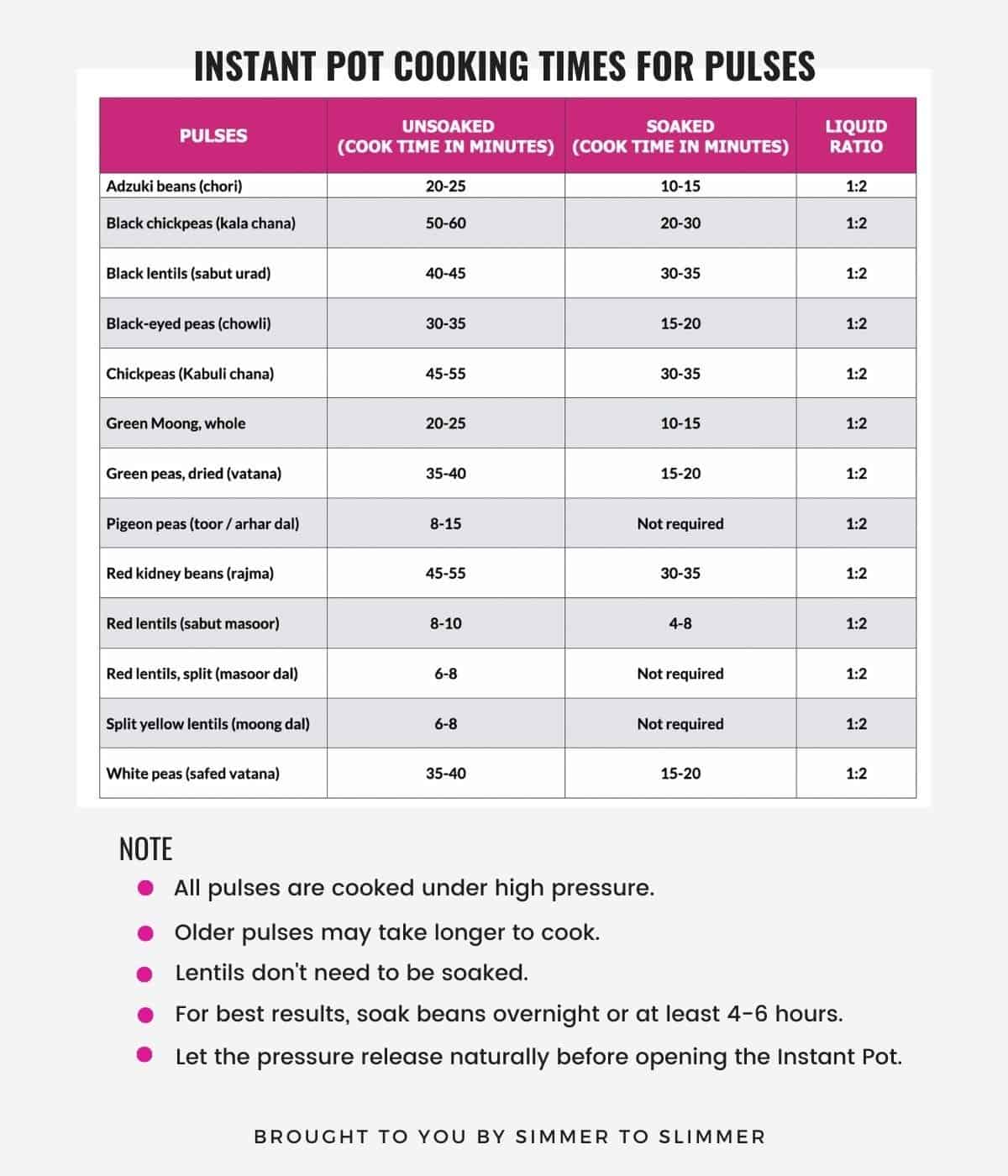
Where to buy pulses
For the most cost-effective choice, your local Indian grocery store is our top recommendation. If an Indian store isn’t accessible, you can also explore options at mainstream grocery stores in the US, like Whole Foods, Trader Joe’s, and others, where you’ll discover lentils, beans, and chickpeas available in bulk bins, packaging, and canned formats.
Amazon is a reliable alternative. I’ve organized all the pulses conveniently on my Amazon shopping list for pulses for you to shop from.
Other posts in the Indian cooking series
- Best oils for Indian cooking
- Essential spices in Indian cooking
- Essential tools in Indian cooking
- Beginners guide to Indian cooking
I hope this article helped you today, and if you have any questions, please drop a comment below. Meanwhile, here’s an easy Mixed lentils recipe for you.
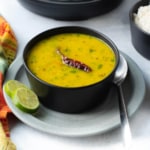
Pulses Recipe: Mixed Lentils
Equipment
Ingredients
- 2 tablespoons avocado oil
- 1 teaspoon cumin seeds
- ⅛ a pinch of asafoetida hing
- 1 inch ginger grated
- 2 Kashmiri red chilies
- 2 cloves (laung)
- 1 bay leaf
- 2 Indian or Thai green chilies (Bird's eye) chopped
- ¼ cup chana dal
- ¼ cup tuvar dal
- ¼ cup moong dal
- ½ teaspoon turmeric powder
- salt to taste
- 1 tablespoon lime juice
- 3 tablespoons finely chopped cilantro / coriander leaves for garnishing
Instructions
Instant Pot method
- Add oil to the steel insert of the Instant Pot and press the Saute function and set it to “medium” and wait till the display reads “Hot.” Add cumin seeds and as they begin to sizzle add asafoetida.

- After 10 seconds, add cloves, bay leaf, ginger, Kashmiri red chili, and green chilies. Saute for about 30 seconds till the raw taste of ginger disappears.

- Wash the dals and add them to the steel insert along turmeric powder and salt with 2.5 cups of water.

- [Optional Step] – You can cook Basmati rice along with dal. Place a trivet over the dal.
- Place the bowl with rice and water over the trivet. For 1 cup of Basmati rice, add 1.25 cups of water.

- Press the “Warm / Cancel” button and then select “Pressure Cook.” Adjust the time to 10 minutes and set the pressure selection to high.
- Cover the Instant Pot lid and lock it. Make sure the vent is at sealing position.
- Once the cooking cycle is complete allow the pressure to release naturally.
- Carefully remove the rice using tongs.

- Dilute the dal if required. Add lime juice and cilantro. Mix well.

- Serve it hot with rice and a veggie side dish.

Stovetop method
- Heat a tablespoon of oil in a pressure cooker. Add cumin seeds and as they begin to sizzle add asafoetida.
- After 10 seconds, add cloves, bay leaf, ginger, Kashmiri red chili, and green chilies. Saute for about 30 seconds till the raw taste of ginger disappears.
- Wash the dals and add them to the steel insert along with turmeric powder and salt with 2.5 cups of water.
- Close the cooker and wait till the vent goes off 4 times [ Note: Every cooker works differently and mine takes that long to get the dal nicely cooked]
- Shut the gas off and allow to cool naturally.
- Open cooker and mix well and then garnish it with lime juice and coriander leaves.
Disclaimer: Approximate nutritional information is provided as a courtesy and can vary depending on the exact ingredients/brands used. If you have health issues, please work with a registered dietician or nutritionist.
Nutrition
This recipe was originally published on 9/29/2019, and the text and images were updated on Oct 27, 2023.

